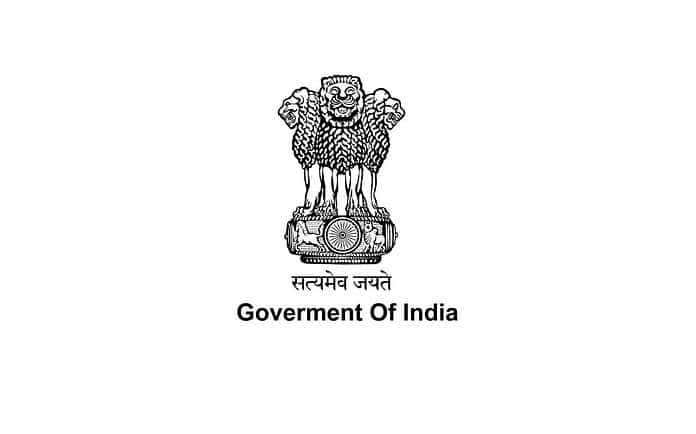Last Updated on January 13, 2024 by The Health Master
Download the National List of Essential AYUSH Medicines (NLEAM): The Union Ministry of Ayush has released the National List of Essential Ayush Medicines (NLEAM), by including the generic medicines from the pharmacopeia formulary and authoritative texts, as a reference guide for the manufacturing, procurement, and supply of classical medicines in both the public and private sector.
The first ever essential drug list (EDL) of Ayurveda, Siddha, Unani & Homoeopathy (ASU&H) formulations was published by the Ministry of Ayush in March 2013 with the consensus from the stakeholders, said senior official from the ministry.
There are 201 drugs listed from Ayurveda, with details on the reference text, pack size, main indication, dose, precaution or contraindication and preferred use in Outpatient and Inpatient departments, 200 each of Unani, Siddha and Homoeopathy drugs in the list.
The NLEAM has been prepared as a guideline tool for procurement and stocking of medicines, with the consultative process on inputs received from a number of stakeholders and the focus has been given to include only generic medicines from pharmacopoeia, formulary and authoritative text, said the Ministry.
“The revised Essential Drugs List renamed as National List of Essential Ayush Medicines is expected to have better results in quality of medical care, management of medicines and cost-effective use of healthcare resources.
I am sure that this list of essential medicines will have a positive impact on the availability and rational use of medicines,” said V R Kotecha, secretary, Ministry of Ayush.
To streamline the manufacturing, sale and prescription of medicine, the government felt that a consolidated list of formulations which are effective and safe to meet the priority health care needs of the community should be published.
The Essential Drug List is mandatory in all systems of medicine and is an integral part of the WHO policy for traditional medicines. He said that the first EDL of ASU&H formulations was published in March 2013.
The EDL published in March 2013 had 277 Ayurveda medicines, 302 Siddha medicines, 288 Unani medicines and 257 Homoeopathy drugs.
With the changing scenario of disease prevalence and public health relevance, the Ministry felt that the EDLs need to be revised.
The main criteria for the selection of the revised list of medicines were their ease of availability, widespread use, inclusion in respective formularies and pharmacopoeias, evidence base, safety and cost effectiveness.
The objective of EDL is to provide a choice to the procurers, manufacturers and suppliers to organise minimally required medicines in adequate amounts, in the appropriate dosage forms, with assured quality and at affordable prices to achieve high quality patient care, said Dr Anand Tiru Tharu Gudibanda, adviser (Ayurveda), head – drug policy section, Ministry of Ayush.
“Apart from this, the EDL also aims at ensuring continuous supply of medicines to avoid medicine shortages leading to rationing of drugs, cancel or delay treatments, or utilise alternative drugs that may be less efficacious, potentially impacting patient care.
There is a global rise in the use of traditional medicines including ASU&H and the sector is invigorating its efforts in R&D activities,” added the official.
However, these lists are not the standard list of medicines, but are the outcome of careful selection of a limited range of system-wise medicines.
Relying on EDL-based procurement of medicines has the benefit of objective, transparent and need-based selection of medicines and optimal use of financial resources for health coverage, he added.
The guiding principles to organize procurement and management of essential medicines include that the NLEAM should be preferred for selection and procurement of medicines for supply to Ayush health facilities. It may be taken as a building block for need-based selective medicinal procurement.
It is imperative to ensure that medicines being procured are genuine and meet the licensing requirements and quality standards as mentioned in the Drugs & Cosmetics Act, 1940 and the Rules thereunder.
Since medicines are used for multiple indications, it is better to select such medicines from the NLEAM for procurement as could effectively meet the priority health needs of the population in the catchment areas of dispensaries, hospitals etc.
In this regard, decisions for listing out the medicines from NLEAM for procurement should be based on collective recommendations of the in-service doctors at state or district level.
It is not necessary that all medicines listed in NLEAM have to be purchased. The procurement agencies may decide the required medicines as per the prevalence of ailments and needs of patients attending the health facilities.
It is also to discourage loose dispensing of medicines to the patients, it is advisable to procure medicines in standard unit pack sizes as indicated in NLEAM for each medicine.
The unit pack size of the medicine has been indicated on the basis of weekly requirement of medicines to be given to the patients.
Small disposable paper bags, plastic bottles, polythene envelopes etc. may be used for dispensing medicines to patients for 3-4 days.
Illegal Pharmaceutical unit unearthed by FDA, Police
First Nasal Spray for covid-19 treatment in India: 10 things to know
CDSCO gives nod to Wockhardt to export Sputnik vaccines
DCGI gives nod to manufacture vaccine against omicron for test and…
Overprescription back under spotlight: Doctors
IPC to include Dissolution Test in prolonged-release formulations in IP
India and Pharmacy Education: Chapter: 14
Antibiotic resistance: A hidden threat behind Covid
DCGI grants emergency use permission to single-dose Sputnik Light vaccine
Latest Notifications regarding Pharmaceuticals
For informative videos by The Health Master, click on the below YouTube icon:
For informative videos on Medical Store / Pharmacy, click on the below YouTube icon:
For informative videos on the news regarding Pharma / Medical Devices / Cosmetics / Homoeopathy etc., click on the below YouTube icon:
For informative videos on consumer awareness, click on the below YouTube icon:









